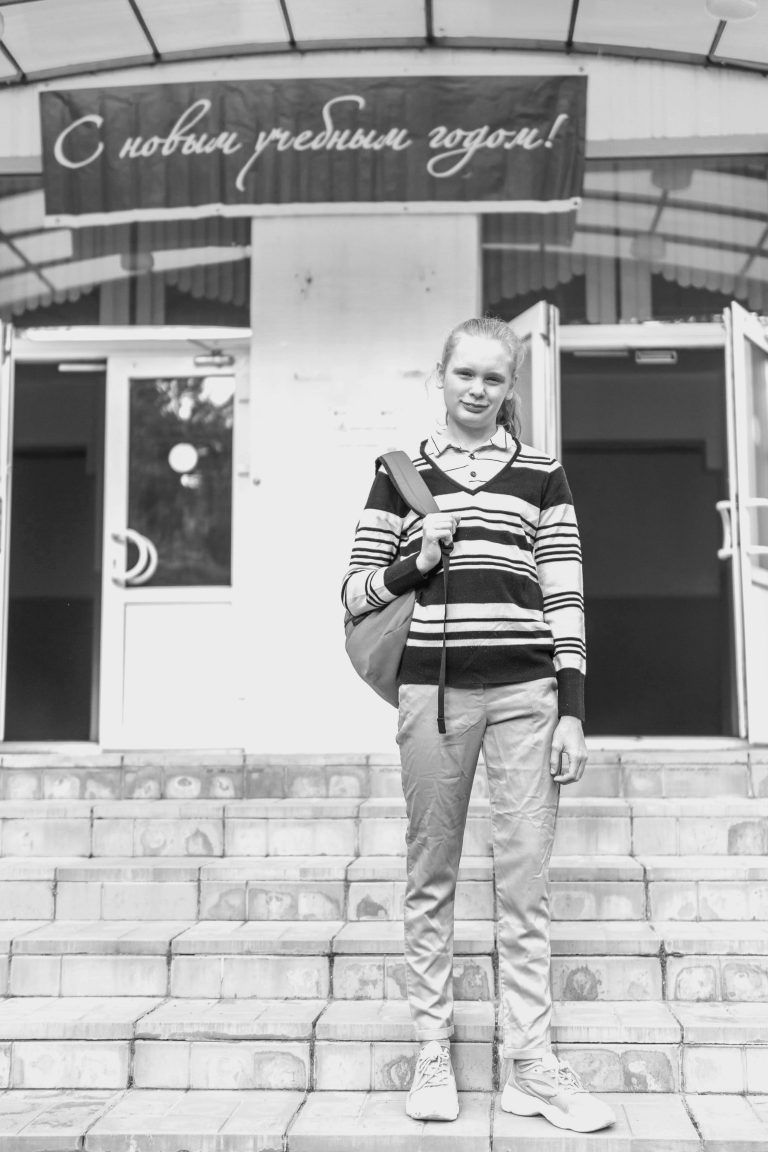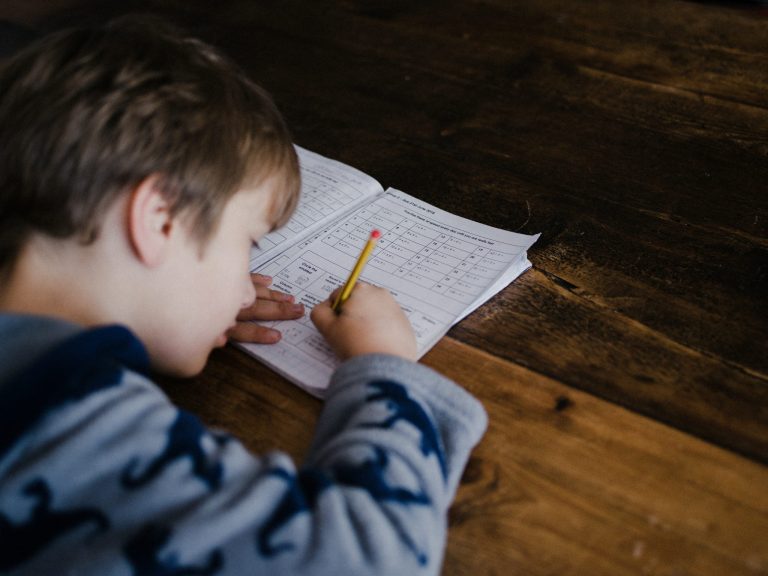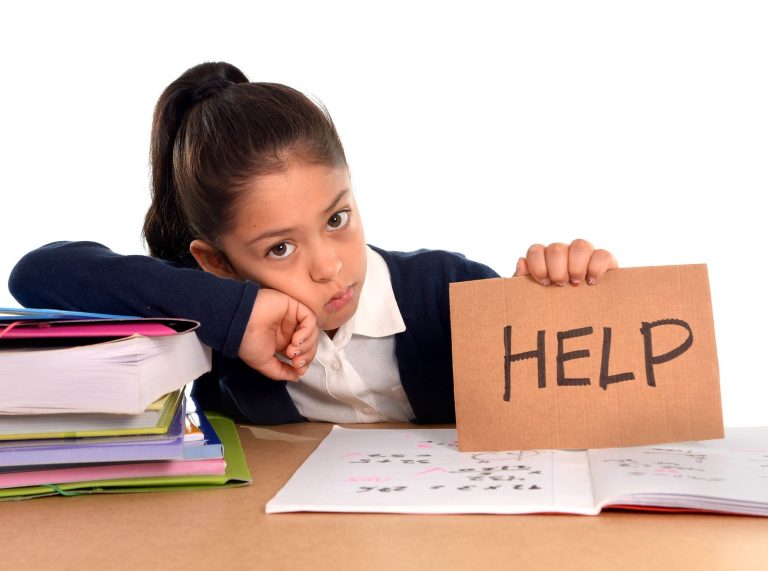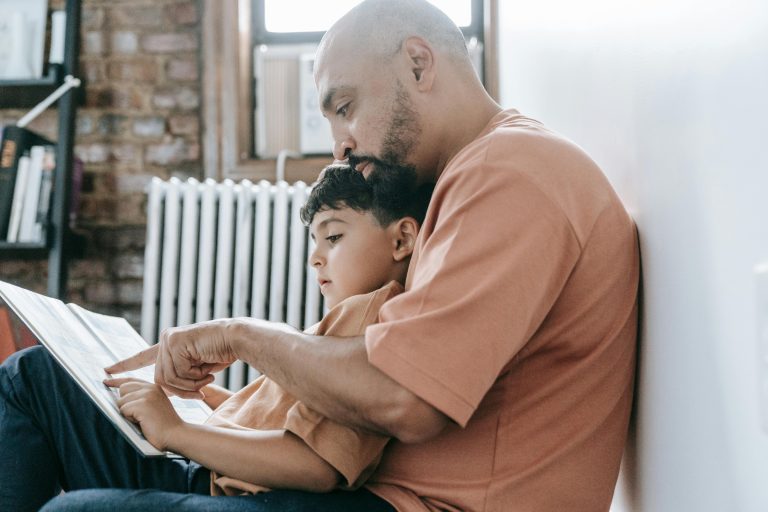How Parenting Affects Attachment
Being a parent is arguably the hardest job in the world, you are in charge of another human being and you are aware of all the responsibility you hold; which is why the pressure is always on. In this modern age many parents may look for parenting styles and theories on how to raise children, and the vast amount of information can be overwhelming. One of the most important theories, that I feel every parent should read about, is attachment.
So, what is attachment exactly?
Attachment is a deep and enduring emotional bond which connects one person to another across time and space (Ainsworth, 1973; Bowlby, 1969).
Why is attachment so important?
The reason is simple, the bond children create with their primary caregiver will affect certain character traits, development patterns, as well as future relationships.
What are the styles of attachment?
There are 4 main attachment styles which include; Secure, Anxious/Preoccupied, Avoidant/Dismissive, and Disorganised-Insecure.
What does all this mean?
I will be explaining each attachment style in depth along with the environment that fosters each style and possible character traits.
Secure Attachment
A secure attachment is created through an environment where the child feels safe, seen, soothed and secure. What this means is that the child will see the caregiver as a secure place from which they can go out and explore the world around them, being able to move freely whilst still knowing they can always go back to the caregiver for safety.
A compassionate environment is crucial for the formation of a secure attachment. The parents must create this sort of environment whilst also having the ability to control and regulate their own emotions. What is also important for a secure attachment to form, is for the parents to fulfil their child’s needs, this means going to comfort the child whenever they start crying and satisfying their needs. However, this does not mean that a parent must watch the child 24/7 as this will interfere with fulfilling the need of space. It basically means, letting the child explore freely, but being there for them when they need you. Being perfect is impossible, and sometimes things happen which may cause friction between the parents and the child, but as long as parents mend these falling outs, a secure attachment can be sustained.
Anxious/Preoccupied Attachment
This type of attachment forms when a parent is sometimes responsive to the child, but sometimes isn’t. These parents tend to be available at one minute and then unavailable in the next, with no explanation, which will confuse and frustrate the child. What happens to parents who form this style of attachment, is they unintentionally will start to turn to their children to meet their own needs, instead of the other way around. This will often lead the child to be clingy or anxious around the parent who isn’t meeting their needs.
Avoidant/Dismissive Attachment
This attachment is formed when a parent may meet the basic needs of the child but will have issues responding to the child’s emotional needs. Children will feel this “emptiness” and learn to deal with it by becoming removed from their own emotions and adopting an independent view, where they can take care of themselves.
Disorganised Attachment
This attachment forms when the parent acts unpredictably towards the child, where the same behaviour may elicit positive emotions at one moment and negative the next. Due to the unpredictability of reactions, these children do not know how to get their needs met. This leads them to feel fear, whilst still wanting to reach out to the parent for safety, and the closer they become, the worse the fear gets. Characteristics of this style of attachment are emotional turmoil and a confusing mix of behaviours, due to a lack of consistency and the basic need of feeling safe.
Parenting is the most important, and most rewarding job, but it comes with great responsibility. Reading blogs like these is taking a step in the right direction to giving your child the best life you can.
References
Firestone, L. (2015, October 19). How Your Attachment Style Affects Your Parenting. Retrieved July 28, 2018, from https://www.psychologytoday.com/us/blog/compassion-matters/201510/how-your-attachment-style-affects-your-parenting
Mcleod, S. (2017, February 05). Attachment Theory. Retrieved July 28, 2018, from https://www.simplypsychology.org/attachment.html






